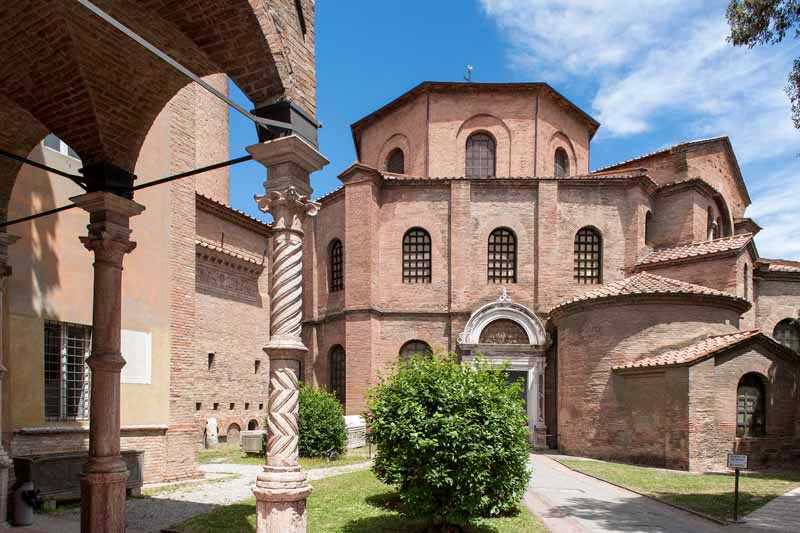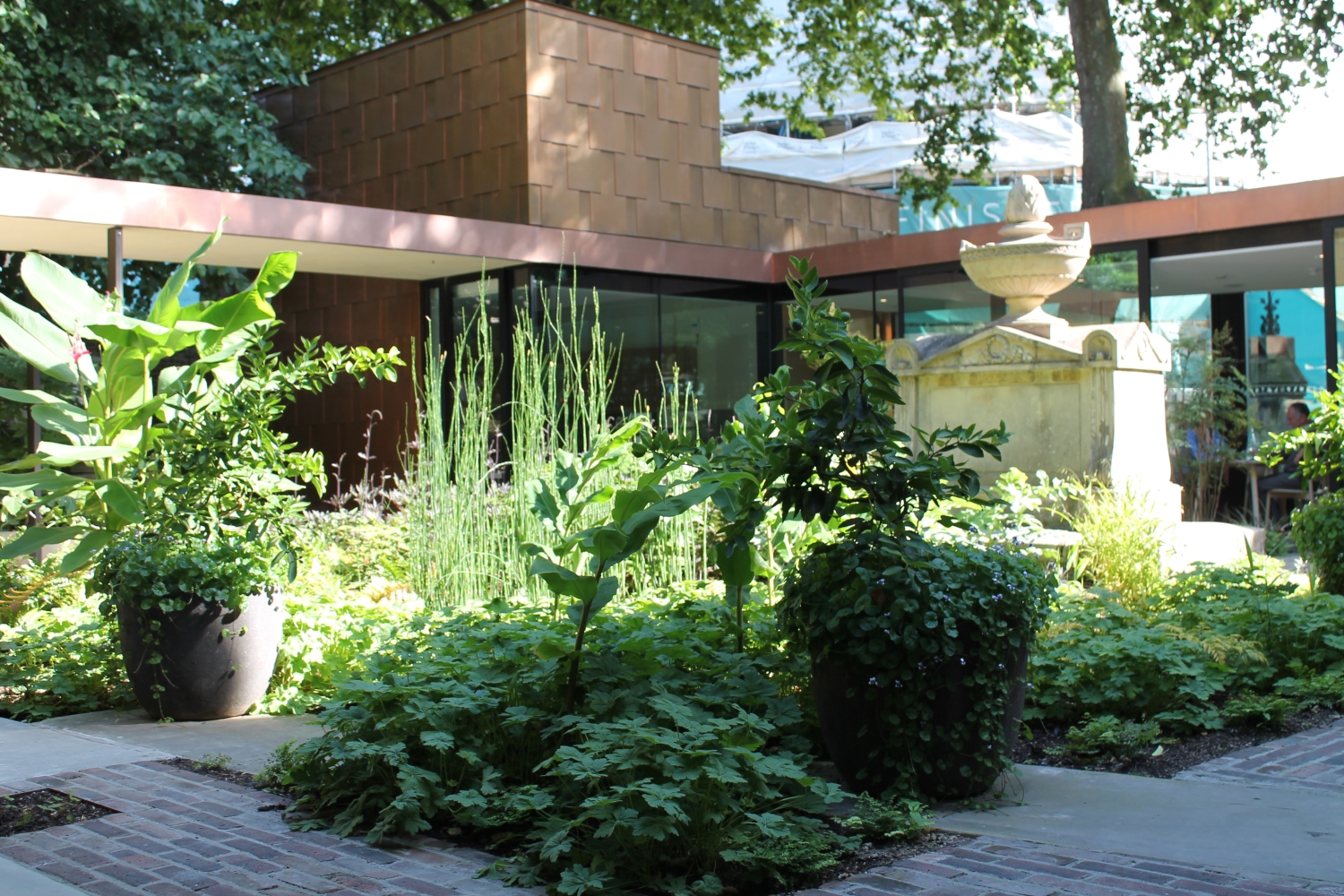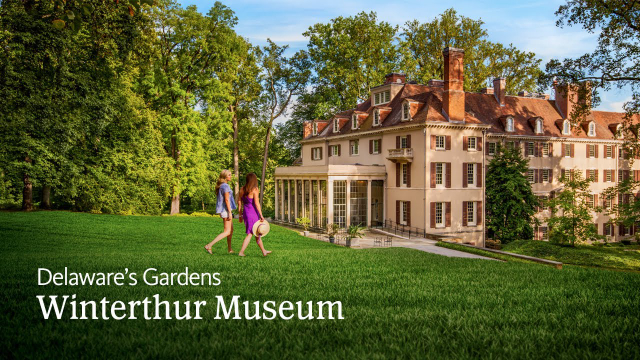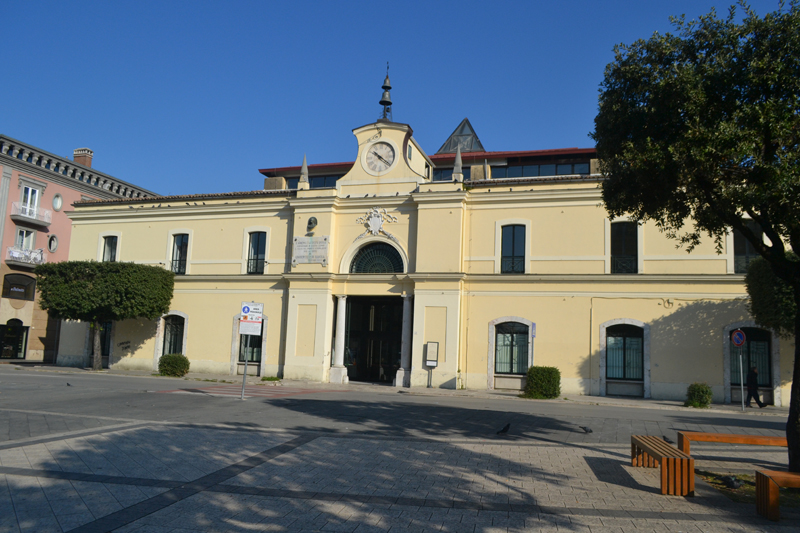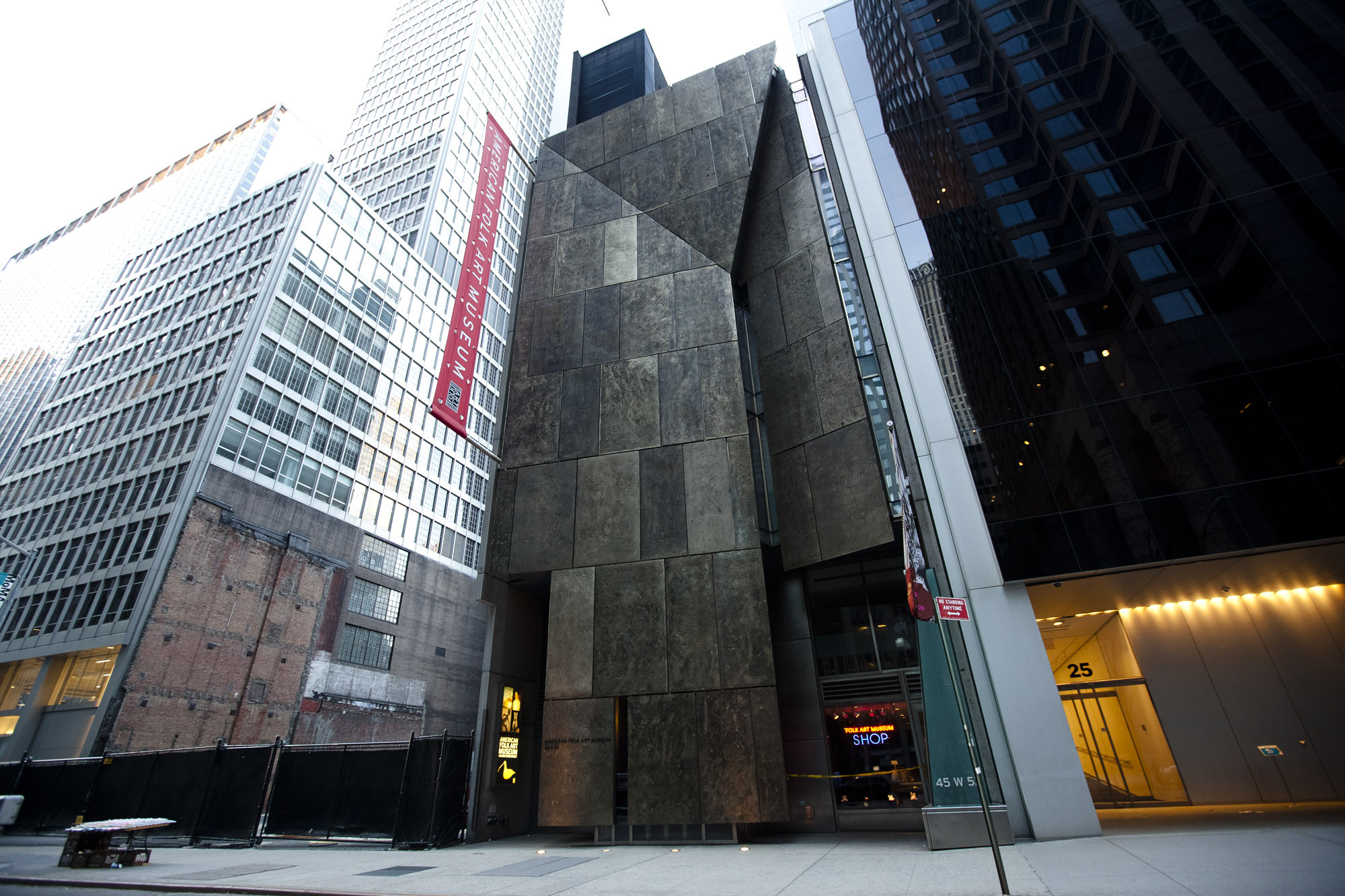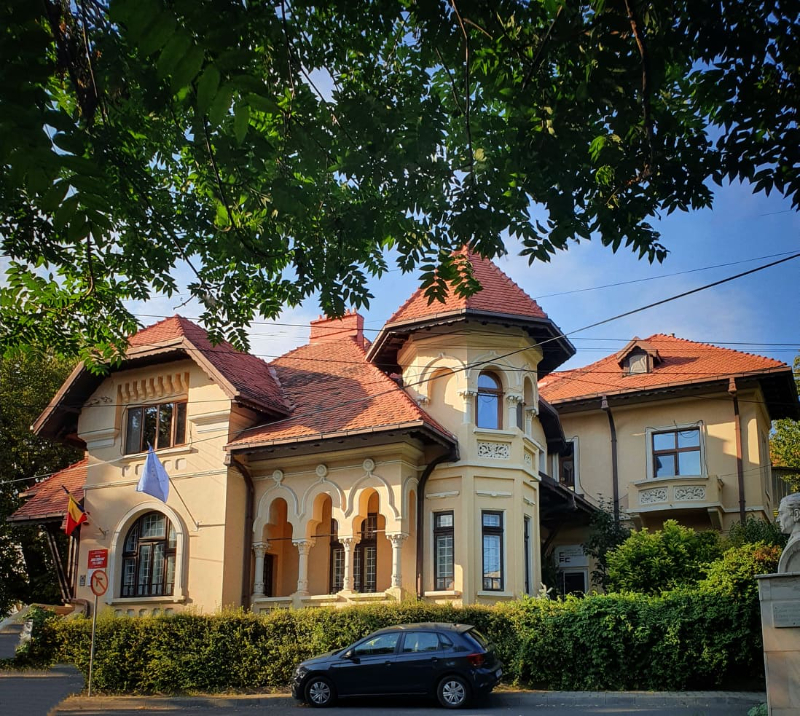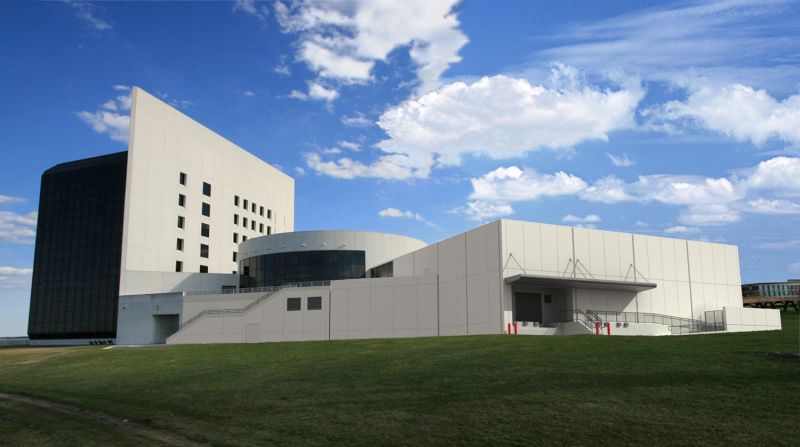Situated inside the monumental complex of San Vitale, the National Museum of Ravenna gathers important archaeological finds, such as tombstones, Roman epigraphs and collections of minor arts. The original nucleus of the museum was created in the eighteenth century, with patient research and care, by the learned monks of the great abbeys of the city.
On the first floor you can admire, within the orderly Benedictine architecture, the graceful Renaissance bronzes, a fascinating collection of ivories, a rich nucleus of icons, a section dedicated to ceramics and a valuable collection of antique weapons.
Oriental marble capitals, decorated sarcophagi and other artefacts from the fifth and sixth centuries are among the most prestigious finds.
The most famous ones come from the early Christian and Byzantine monuments which are UNESCO World Heritage Sites: among them, the transennas and the cross from San Vitale and the preparatory sinopia for the mosaic of Sant’Apollinare in Classe.
The museum also cherishes the important cycle of fourteenth-century frescoes, the masterpiece of Pietro da Rimini, which was detached from the ancient church of Santa Chiara in Ravenna.
